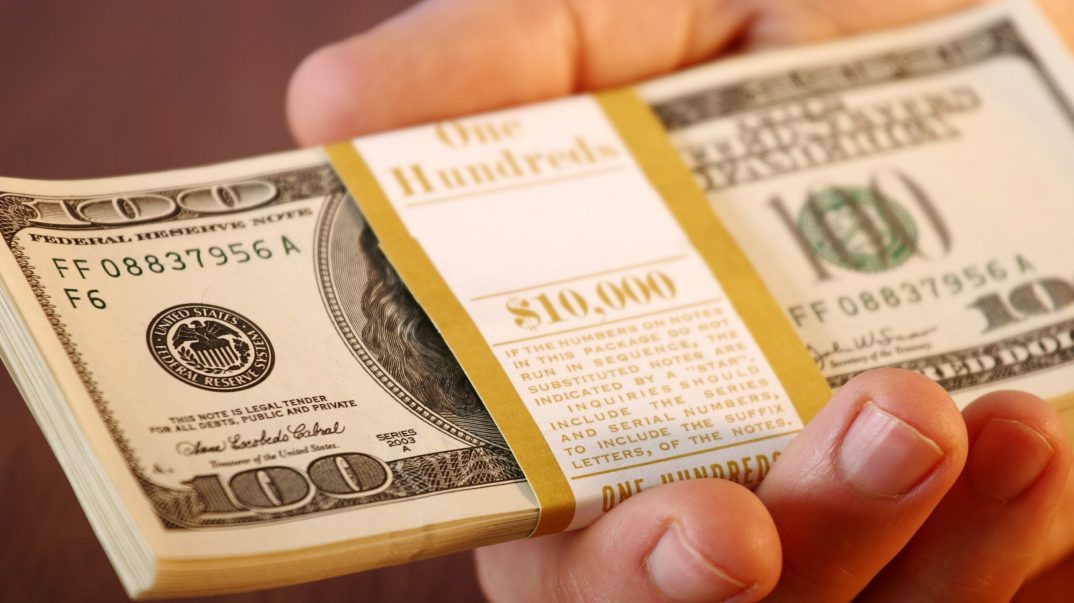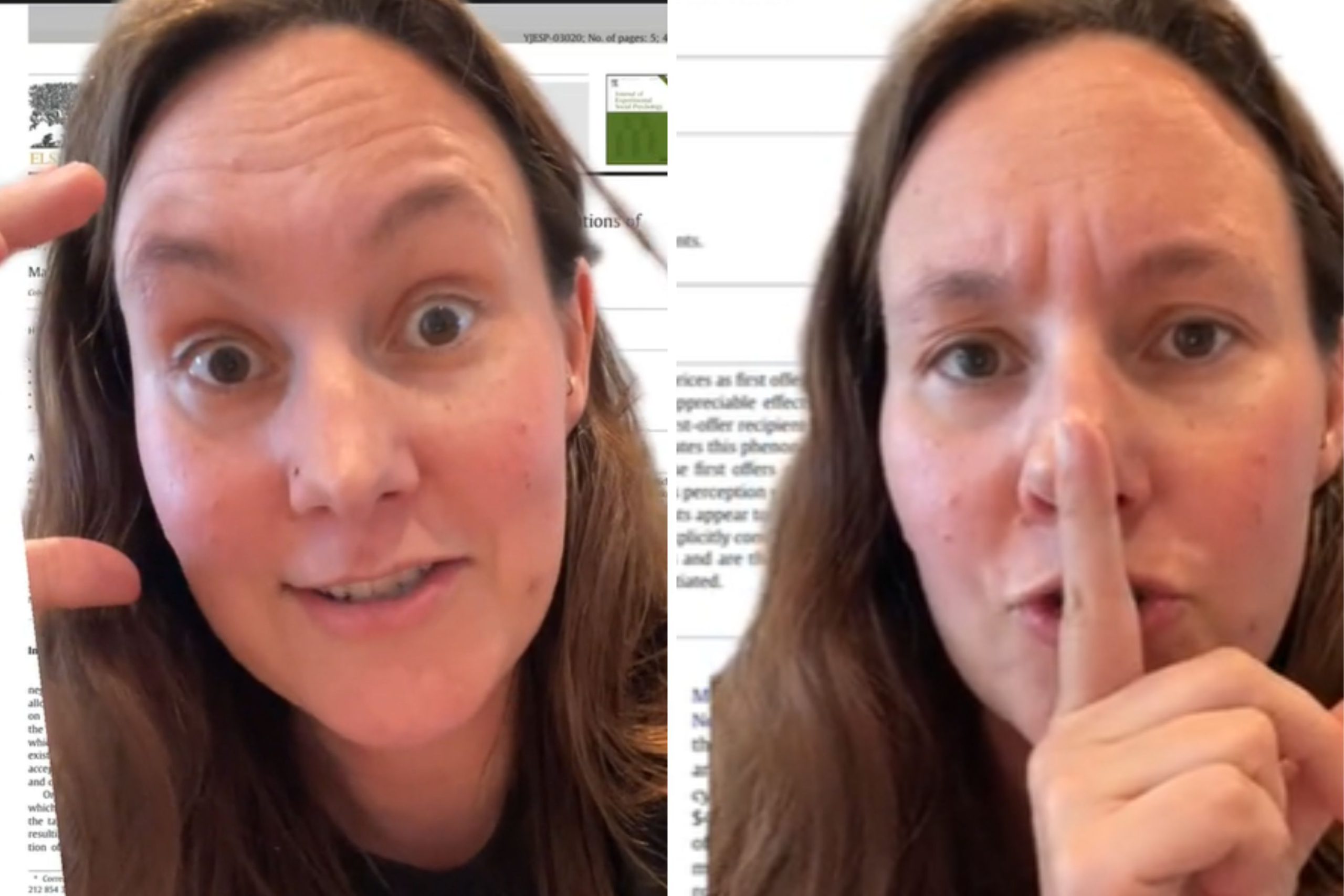If you’re just starting out and want to know how to invest $10,000, it’s helpful to broaden your conception of investing. After all, investing isn’t just about where you put your money. It’s also about how and where you devote your time and energy.
That’s why our list of 10 ways to invest $10,000 deals with more than buying stocks. It aims to help craft a step-by-step comprehensive financial plan.
Compound interest is the common theme
Compound interest might be the most important concept in saving and investing. In a nutshell, compound interest is the interest you earn on the interest that’s already accumulated from your principal savings or investing balance.
For example, if you start with $1,000 and earn a 5% interest rate on your money, you’ll have earned $50 for a total of $1,050 at the end of one year. When you keep that money invested, you now generate interest on $1,050, which, at the same 5% rate, grows by $52.50 to $1,102.50 after two years. Let it ride and, by the end of 10 years, you’ll have $1,628.89 — all without making additional new money contributions.
Throughout our 10 examples of how to invest $10,000, compound interest is a common theme in more ways than one.
Best ways to invest $10,000: 10 proven strategies
- Pay off high-interest debt
- Build an emergency fund
- Open a high-yield savings account
- Build a CD ladder
- Get your 401(k) match
- Max out your IRA
- Invest through a self-directed brokerage account
- Invest in a REIT
- Contribute to your HSA
- Invest in yourself
Pay off high-interest debt
Before you do anything, work to eliminate high-interest debt, such as credit card balances.
Think of credit card debt as the dark flipside of compound interest. With this type of debt, the bank tacks interest onto your principal balance each month. From there, it calculates subsequent interest on your new balance, which includes the accumulated interest.
For example, say you open a credit card account and charge $1,000. If you pay only the minimum payment on that account and make no new charges, it will take four years and nine months to get to a $0 balance. Over that period, you’ll pay $639.52 in interest, based on the average credit credit APR of 22.76%, as of May 2024.
This is because you’re paying interest on your interest instead of earning it.
Build an emergency fund
Once you have that out of the way, Brian Tegtmeyer, a certified financial planner (CFP) and the founder of Truly Prosper Financial Planning, recommended putting “$9,980 in an emergency fund. Then take the other $20 and buy a book like ‘The Simple Path to Wealth’ by JL Collins or ‘I Will Teach You To Be Rich’ by Ramit Sethi. If they read and apply the information, it could be one of the best investments they make.”
Tegtmeyer suggested this plan and these now-classic investing books specifically for young millennials, but it’s sound advice across demographics. If you’re paying more interest than you’re earning and can’t cover an emergency, such as a loss of income, you’re likely misdirecting investment dollars that won’t go as far as possible in classic saving and investing vehicles.
Open a high-yield savings account
Speaking of compound interest and emergency funds, a high-yield savings account can make sense on both counts. High-yield savings accounts typically pay superior interest to traditional bank accounts. So they’re a good place to park security blanket cash.
Let’s go back to our earlier example: If you earn 5% on the $9,980 Tegtmeyer said you should put in an emergency fund, you’ll have $10,479 after one year, $11,553 after three and $12,737 after five. Of course, interest rates will likely fluctuate, but you get the idea. In this scenario, you could — once you hit your target emergency fund balance (maybe three to six months’ worth of expenses) — start directing your interest payments elsewhere.
Bask Bank Interest Savings Account
Monthly maintenance fee
$0
Minimum deposit requirement
$0
On Bask Bank’s Website. Member FDIC.
Build a CD ladder
If you don’t need immediate access to your savings, a CD ladder is another way to benefit from compound interest. In a CD ladder, you invest in a series of certificates of deposit (CDs), spreading your money across accounts with different maturity dates. During the term of each CD, you earn compound interest. Then, you’ll have the option to roll over your CD funds — principal plus accumulated interest — into a new CD at maturity.
To provide a real world example of how a CD ladder functions, we looked at Citibank’s rates on CDs, as of mid-August 2024 and used the bank’s CD ladder calculator to simulate how a ladder strategy might play out in the present environment.
As banks, especially the big ones, anticipate Federal Reserve policy moves on interest rates, they set rates accordingly with different annual percentage yields (APYs) and interest rates for different CD terms. Therefore, you’ll see significant variation between rates, depending on the term.
While all banks are different, Citibank’s structure is representative of the industry, particularly large, multinational, brick-and-mortar banks. To this end, Citibank imposes minimum balance requirements on some of its CDs to score the highest rate offered. To make for a clean and clear illustration, we ignored CDs with potentially prohibitive restrictions.
We took a hypothetical $10,000 and spread it evenly across five different CDs ($2,000 each) like so:
- Six-month CD at a 4.55% interest rate
- Nine-month CD at a 3.68% interest rate
- One-year CD at a 3.92% interest rate
- 18-month CD at a 3.68% interest rate
- Two-year CD at a 1.98% interest rate
In this example — all else equal — the CD ladder is an inferior option to simply buying the six-month CD with a 4.55% interest rate and rolling it over into new six-month CDs with the same interest rate three times over two years. In this case, you would earn $952.63 worth of interest over the two years versus $551.83 in our CD ladder example.
However, as is often the reality in saving and investing, all else isn’t necessarily equal. There’s no guarantee — and it’s actually unlikely (due to widely anticipated rate cuts from the Fed) — that you’ll keep securing relatively beefy 4.55% interest rates on CDs in the future. Therefore, you have to play a guessing game on rates, assess what banks are offering and consider your needs, including how often you’d like penalty-free access to your money and the amount of interest you’ll be happy with.
Get your 401(k) match
If you have a workplace retirement plan, such as a 401(k), be sure to take care of any 401(k) match if your employer offers it.
How much you earn and can afford to contribute ultimately dictates exactly how much you will contribute to your 401(k). It might be less than $10,000, but it could be more. The matching money from your employer is essentially “free money,” enhancing the already powerful effects of compounding inside these types of accounts. Any interest, capital gains or dividend income you realize inside your traditional 401(k) grows on a tax-deferred basis.
To illustrate the power of a 401(k) match, let’s consider a hypothetical example that you can adapt to your situation.
You are 30 years old. You earn $80,000 a year and anticipate a 3% annual salary increase.
You contribute 6% of your salary to your 401(k), which has a zero balance because you just started this gig, and it’s your first 401(k).
You hope to retire by age 60 and expect an annual rate of return on your investments of 6%.
Your employer matches 50% of your contributions, up to 3%, which is typical.
By the time you’re 60 years old, you will have $683,143, comprised of:
- Total contributions: $285,452
- Employee contributions: $228,362
- Employer contributions: $57,090
- Investment returns: $397,691
While the purchasing power of your nest egg will likely decrease considerably over time, you’ll be able to withdraw $4,402 per month, every month, until you hit 85 years old, assuming the same 6% annual return on your remaining 401(k) balance over the years.
Bottom line: A 401(k) can amplify your retirement savings.
Max out your IRA
After you have taken full advantage of your 401(k) match, or if you don’t have access to a 401(k), consider maxing out your contribution to a traditional or Roth IRA. Your income and tax filing status determines if and how much you can contribute to these accounts but, no matter your situation, it will be less than $10,000 a year.
As of the 2024 tax year, the Internal Revenue Service (IRS) limits combined IRA contributions to $7,000 annually, or $8,000 if you’re 50 or older. You can invest the $7,000 all at once, or break it into equal contributions of $583.33 a month. You could always take the excess $3,000 and invest it elsewhere.
Invest through a self-directed brokerage account
Another option is to open a self-directed brokerage account. It’s easy to open an account. The tough part is determining where to invest all or part of your $10,000. Our guide to stock market basics for beginners offers ideas on how to get started investing in stocks and exchange-traded funds (ETFs).
Invest in a REIT
It will likely be difficult to invest in physical real estate with $10,000. However, you can still invest in multiple areas of the real estate market through stocks known as real estate investment trusts (REITs). If you’re wondering how to invest $10,000 for passive income, REITs could be the answer.
Government regulations require REITs to pay at least 90% of their taxable income as dividends to investors. As a result, in addition to indirect real estate investing, REITs give investors the opportunity to earn dividend income they can reinvest to — you guessed it — benefit from the power of compounding.
Contribute to your HSA
Another type of non-traditional investment allows you to set aside pre-tax money to pay for certain medical expenses. Like an IRA, a health savings account (HSA) comes with contribution limits — $4,150 for individual coverage and $8,300 for family coverage, with a $1,000 catch-up contribution for people 55 and older, as of the 2024 tax year.
To enroll in an HSA, you’ll need to be in an HSA-eligible health care plan.
If you have access, think of it as a combination of not having to use money you’re saving or investing to cover current or future health expenses as well as one way to invest in yourself.
Invest in yourself
Speaking of investing in yourself, you can probably think of numerous ways to do so. Of course, you can further your education or start exercising. These moves might help you earn more money or save on health care costs. You can take this excess cash and direct it to one of the aforementioned ways to invest $10,000.
You could also start a side hustle. That’s the flavor of the day, no doubt. But it goes beyond ride-booking services, delivering food or becoming a YouTube star. While all potentially fine options, you could always take what you currently do for a living — quite possibly for an employer — and parlay into a side job, such as consulting, teaching or content creation.
If you act like you don’t have that additional income by immediately saving or investing it, you could wind up with $10,000 or more, over time, to help further your financial goals.
Maintain a long-term outlook
No matter what you do, don’t try to build your savings and investing plan in a day. It might take months, if not years.
We constructed this guide on how to invest $10,000 in a logical order. Take care of basic personal finance first, such as reducing debt and saving up emergency money, then consider your investment and other options.
The sooner you get out of debt, the faster you can start to save and invest. Then, consistency, time and patience are the key ingredients to letting the magic of compounding do its work.
Frequently asked questions (FAQs)
Which real estate investment strategies can be leveraged with $10,000?
As mentioned, REITs make sense. It’s important to note that different REITs invest in different areas of the real estate market, from residential to commercial to areas you might not initially think of, such as data centers, mortgages and public storage.
You can also team with others to invest in real estate. Use $10,000 as a down payment on your primary residence. Or take that money to fix up a property you can then rent out or sell.
What type of IRA is best for a $10,000 investment?
Remember to keep the aforementioned IRA contribution limits in mind. From there, the decision between a traditional and Roth IRA comes down to your specific situation. As a general rule of thumb, if you are in a higher tax bracket now than you expect to be come retirement, a traditional IRA is generally the better choice, whereas a lower tax bracket now and a higher one in retirement typically makes the Roth a better idea.
What are robo-advisors and how can they help with investing $10,000?
A robo-advisor is an automated investing platform powered by algorithms. They can be a good place to put together an investment plan with $10,000 or another sum of money. They ask questions about your preferences and goals, then allocate your cash across appropriate types of investments.
How does investing $10,000 in individual stocks compare to mutual funds or ETFs?
If you aim for a diversified portfolio, you might find it easier to invest in mutual funds or ETFs. Essentially baskets of stocks or other securities, these funds take much of the guesswork out of investing. And given that they spread risk across a large number of holdings (sometimes hundreds or thousands), they tend to be less volatile than individual stocks.
This said, beware of high expense ratios that can eat away at your investment — something you don’t have to worry about with stocks, especially if you’re buying and selling without commissions. For this reason, most investors benefit from owning a small slate of low-cost index mutual funds and ETFs.




